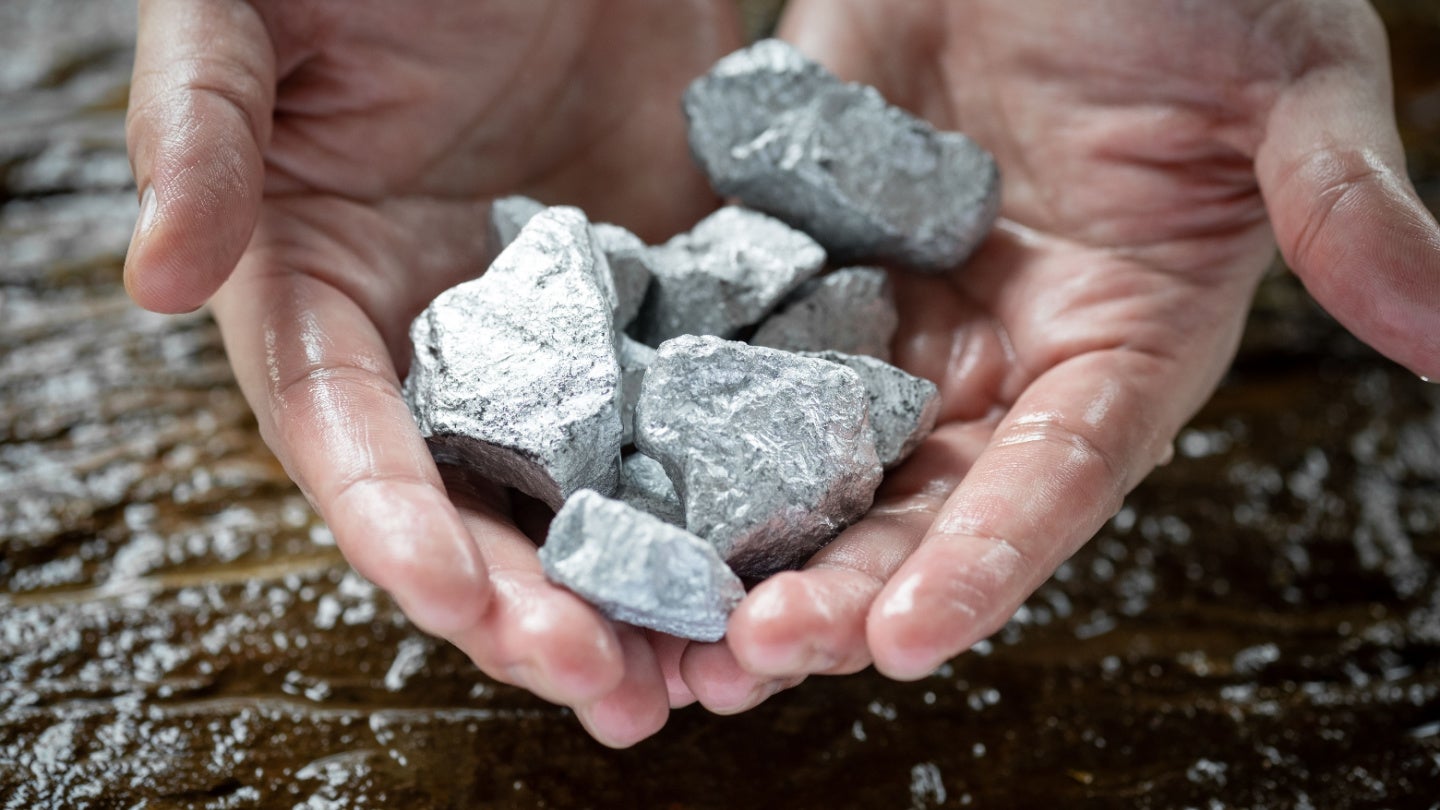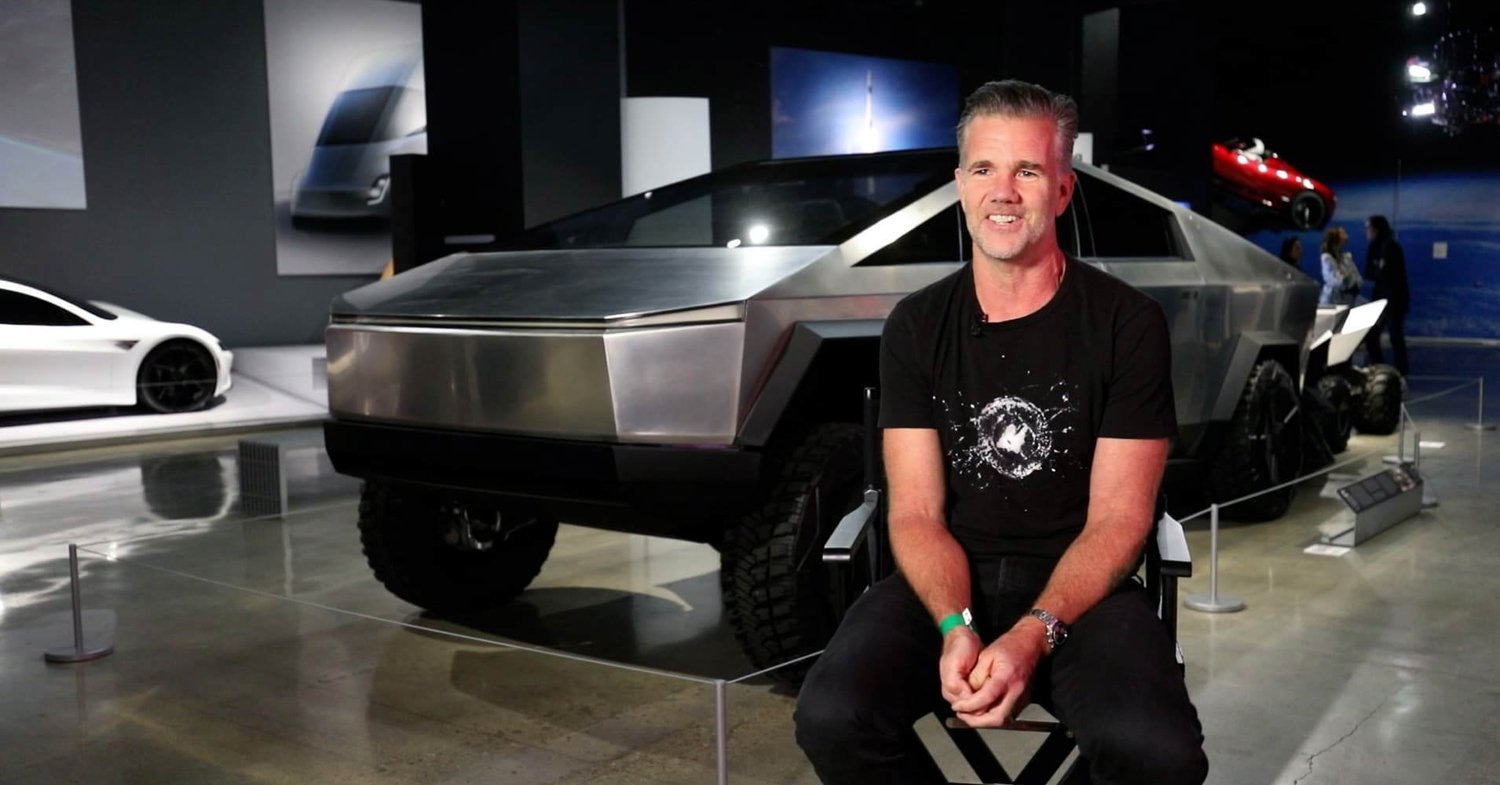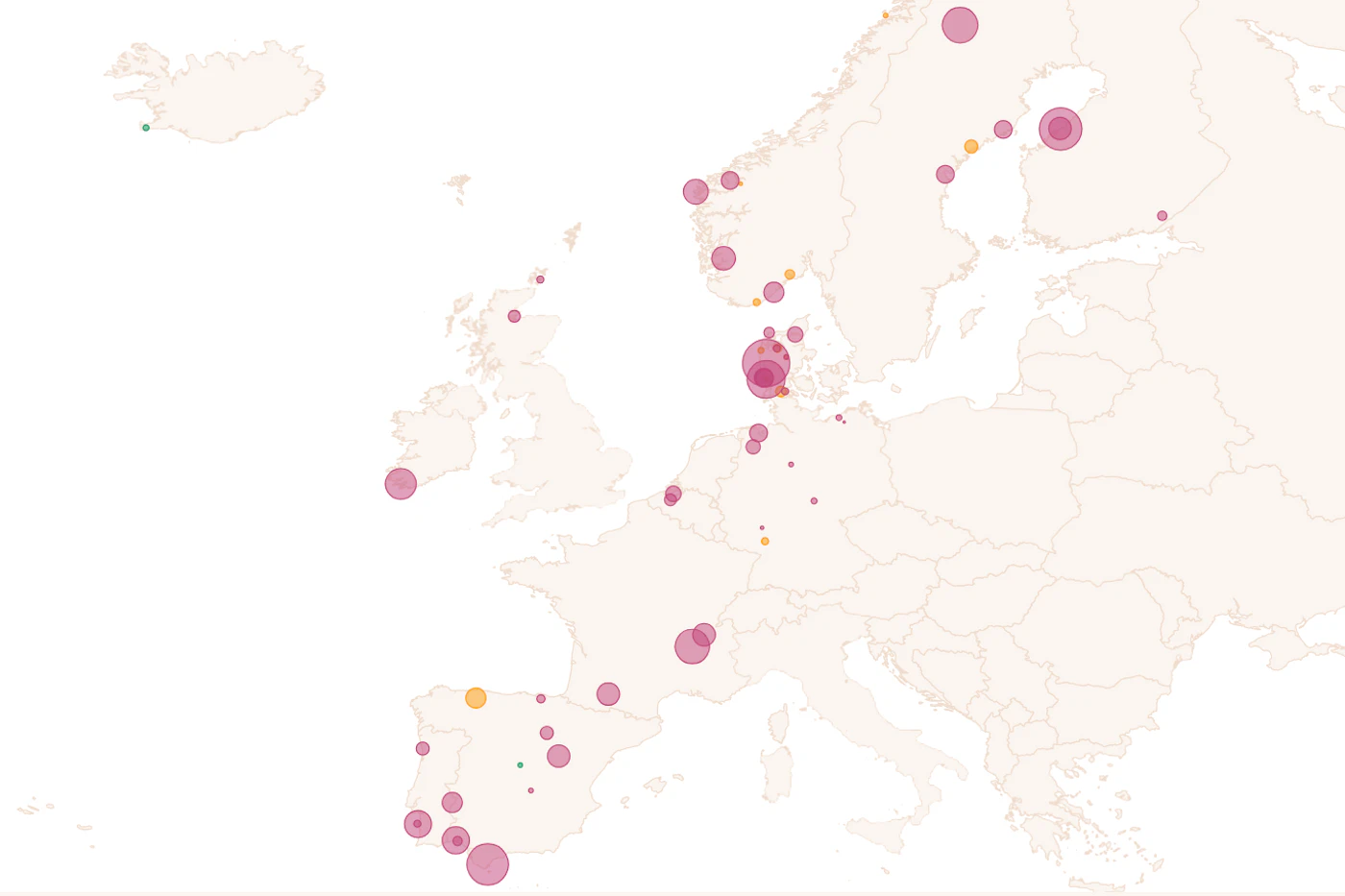Sign up for daily news updates from CleanTechnica on email. Or follow us on Google News!
The energy the Earth gets from the sun every day could generate enough electricity to meet the needs of humanity for a year. All we have to do is harvest it wisely and efficiently. [Note: that assumes we don’t use it all to power data centers.] The tools we use to harvest that energy cost money, but the “fuel” to make all that happen — sunlight — is free. Today, solar power is starting to become the primary source of electricity in Europe, the UK, and Texas.
For over a century, people have made electricity by using heat to make steam. That steam was then used to spin generators. The heat came mostly from burning wood, coal, or methane gas. Some of it came from nuclear reactors. But once the steam was produced, the rest of the process was well known and fairly routine. Another major source of electricity has been hydropower — using the energy in falling water to spin turbines. That works great in Norway, but not so great in Saudi Arabia.
Solar Shines In Germany
Clean Energy Wire reported this week that Germany saw a record level of solar power output in July despite sunshine levels being lower than the previous year. Solar power accounted for 10.1 terawatt-hours (TWh), which was 43 percent of the 23.6 TWh of electricity generated from renewable sources last month, according to data from the economy ministry (BMWK). Twelve percent more solar power capacity was installed from January to July than in the first seven months of 2023.
Germany has now met its target of installing 88 gigawatts (GW) of solar capacity by 2024. According to the economy ministry, installed solar systems had a total capacity of more than 90 GW by the end of June. By 2030, the government is targeting 215 GW of installed solar capacity and expects renewables to account for 80 percent of its gross electricity consumption. Renewable power sources covered about 57 percent of Germany’s gross electricity consumption in the first half of 2024.
Solar Success In The UK
In the UK, solar power is on track to generate record levels of solar power this summer. Solar power output between June and August is likely to climb by almost a quarter compared with the same period last year according to forecasts compiled for The Guardian by the energy market data company ICIS. Solar power generation in the meteorological summer is likely to reach 5.86 terawatt-hours by the end of August after the monthly output climbed just above 2 TWh for the first time in June.
Despite relatively poor weather this summer, it is still possible to generate significant solar power during the months with more daylight hours. The photovoltaic cells in solar panels do not need direct sunlight to operate. They work even on cloudy days and are actually less efficient when they get too hot.
The government plans to triple the country’s solar energy capacity by the end of the decade. To that end, the Labour government recently approved three major solar farms in the east of England. Once completed, those solar farms will supply two thirds as much electricity as as was provided by all rooftop and grid-scale solar in the UK last year. As part of its “rooftop revolution,” the Labour government has promised that millions more homes will be fitted with solar panels in order to bring down domestic energy bills and help meet the pledge to make the UK a clean energy superpower.
A spokesperson for the Department for Energy Security and Net Zero said, “Solar power is at the heart of our mission to make Britain a clean energy superpower and more energy independent. In one week, the energy secretary consented to more solar power than has been installed in the past year and … we are going further and faster with a solar rooftop revolution to ensure new homes are fit for a net zero future.”
Texas Powers Through Summer Heat With Solar & Batteries
Texas has become the poster child for solar and battery storage in America for one reason. Its electrical grid is built specifically to prioritize the cheapest possible sources of energy. As it turns out, solar plus storage is the cheapest source of electricity today, and so the Lone Star State has found itself with an abundance of renewable energy. Texas, like most of the southern states in the US, has sweltered with record breaking heat this summer.
According to High Plains Public Radio, despite the hot weather, ERCOT, the grid operator in Texas, has yet to ask people to conserve electricity. That’s a big change from 2023, when extreme weather and fear of low power reserves prompted ERCOT to issue 11 requests for conservation through the year. The grid operator and several energy experts told HPPR the rapid growth of solar power and grid-scale batteries are key reasons why residents haven’t been asked to conserve this month. “We’ve seen significant additions of energy storage resources, solar resources and wind resources, with a few additions also on the gas side,” Pablo Vegas, CEO of ERCOT, said recently. “All of that has helped to contribute to less scarcity conditions.”
In fact, the growth of some of those energy sources has been downright record breaking. Last Sunday, Monday, and Tuesday were the top three days for solar power production in the history of the state’s grid, according to the website Gridstatus.io, which tracks the performance of regional electricity transmission systems. On August 18, the top day for solar production, Texas solar farms produced 20,832 megawatts of power. That number does not include energy produced by rooftop arrays on homes and businesses.
Texas also set new records Monday and Tuesday for the amount of power provided by big utility-scale batteries, something that could have made the difference between a normal day and a grid emergency. “The previous storage record was shattered by 25%,” Doug Lewin, author of The Texas Energy and Power Newsletter, said on social media. We “almost certainly would have been rolling outages without it.”
The reason for the rapid uptick in solar and battery power on the state grid is simple, HPPR says. Energy demand has grown rapidly in Texas over the last few years and frequent moments of energy scarcity have presented a business opportunity for solar farms and battery storage facilities that can quickly set up shop to fill the need. Hot, sunny days — the very conditions that bring higher energy use — are also the conditions that produce solar power. That solar energy also can be used to fill large batteries that discharge power back to the grid when the sun sets over solar farms, but air conditioners are still running at full capacity.
The Takeaway
Despite the obvious advantages of solar energy, there is fierce opposition to it. People in the UK are bitterly opposed to the panels and wires and substations and the use of some farmland. People in the US are also distraught about the possible loss of silos and red barns in the countryside. The fossil fuel industry actively promotes such discord to keep its revenue stream going as long as possible.
It’s hard to imagine how solar could generate such full throated opposition. It’s free energy, people. All we have to do is collect it. The supply won’t run out for a few billion years, but we as a species will disappear long before that happens if we do not move away from the model of burning fossil fuels to heat water to make steam to spin turbines to make electricity. We all like to romanticize the past — “Didn’t need no welfare state; everybody pulled his weight. Gee, our old LaSalle ran great. Those were the days!”
But we need to spare a thought for the future, which will be exceptionally bleak if we do not complete the transition to renewable energy sources like solar and wind. Our great grandchildren deserve a chance to construct their own happy memories of the past, but that can only happen if they get to live in a world free of pollution with an abundant supply of clean, renewable energy. The journey has begun but has not yet been completed. We need to see to it that it is.
Have a tip for CleanTechnica? Want to advertise? Want to suggest a guest for our CleanTech Talk podcast? Contact us here.
Latest CleanTechnica.TV Videos
CleanTechnica uses affiliate links. See our policy here.
CleanTechnica’s Comment Policy





